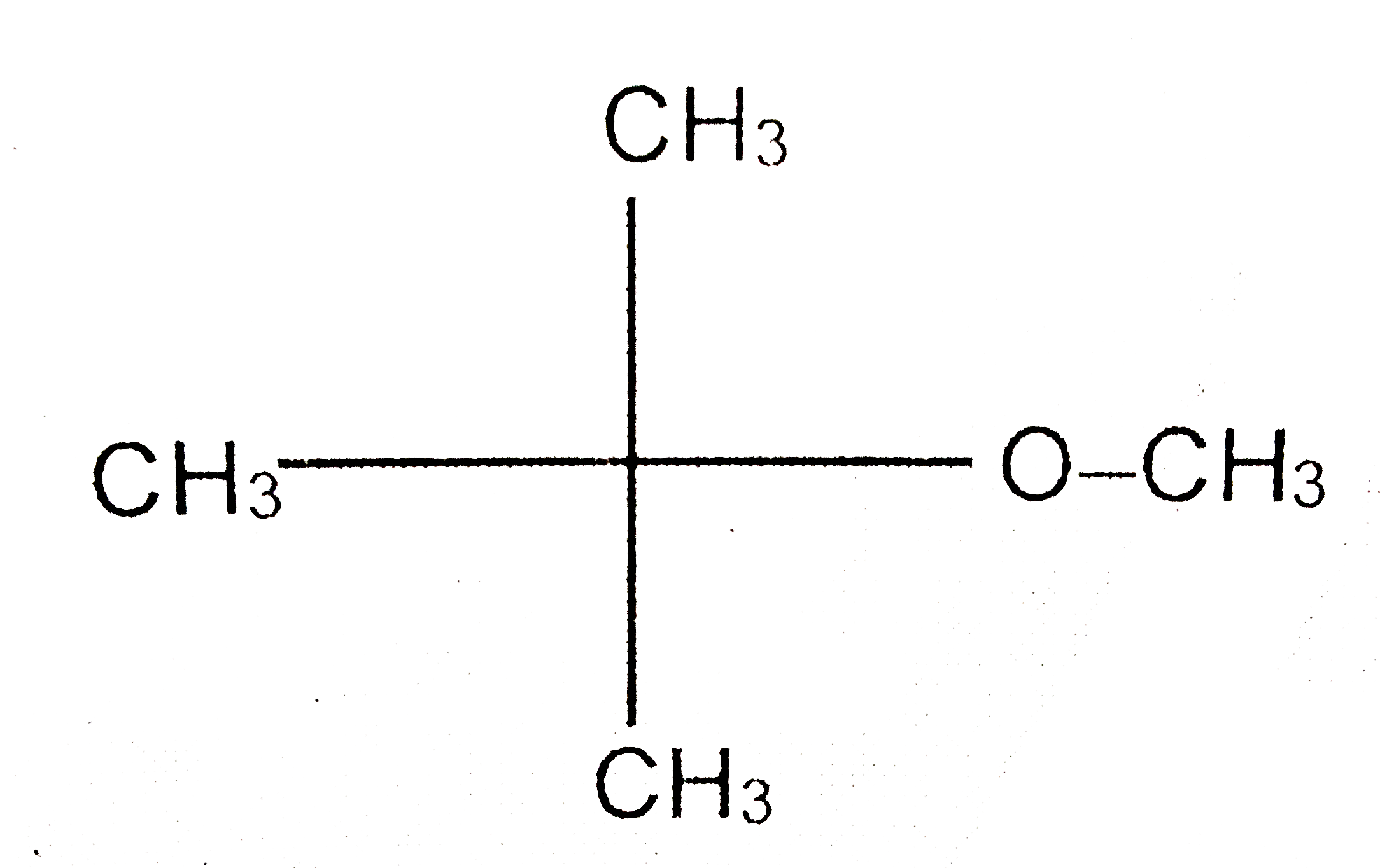Assertion: Bromoacetic acid reacts with conc. NaOH to form α-ethoxy acetic acid.
Reason: It is SN1 mechanism.
If both assertion and reason are true and reason is the correct explanation of assertion.
If both assertion and reson are true but reason is not the correct explanation of assertion.
if assertion is true but reason is false.
If both assertion and reason are false.
The correct Answer is:D
To solve the question, we need to analyze both the assertion and the reason provided.
Step 1: Analyze the Assertion
The assertion states that bromoacetic acid reacts with concentrated NaOH to form alpha-ethoxy acetic acid.
1. Identify bromoacetic acid: The structure of bromoacetic acid is BrCH2COOH.
2. Reaction with NaOH: When bromoacetic acid reacts with concentrated NaOH, an acid-base reaction occurs. The hydroxide ion (OH-) from NaOH will react with the acidic hydrogen (H) of the carboxylic acid (COOH) group.
3. Formation of salt: The reaction will lead to the formation of sodium bromoacetate (BrCH2COONa) and water (H2O).
Thus, the assertion that bromoacetic acid forms alpha-ethoxy acetic acid is incorrect. The product is sodium bromoacetate, not alpha-ethoxy acetic acid.
Step 2: Analyze the Reason
The reason states that the reaction occurs via an SN1 mechanism.
1. Understanding SN1 mechanism: The SN1 mechanism involves the formation of a carbocation intermediate and is typically seen in reactions where a good leaving group is present and the substrate can stabilize the carbocation.
2. Nature of the reaction: In the case of bromoacetic acid reacting with NaOH, there is no nucleophilic substitution occurring. Instead, it is an acid-base reaction leading to salt formation. Therefore, the reaction does not follow an SN1 mechanism.
Conclusion
Both the assertion and the reason are false. The assertion incorrectly states the product, and the reason incorrectly describes the mechanism.
Final Answer
Both the assertion and reason are false.
The assertion states that bromoacetic acid reacts with concentrated NaOH to form alpha-ethoxy acetic acid.
2. Reaction with NaOH: When bromoacetic acid reacts with concentrated NaOH, an acid-base reaction occurs. The hydroxide ion (OH-) from NaOH will react with the acidic hydrogen (H) of the carboxylic acid (COOH) group.
3. Formation of salt: The reaction will lead to the formation of sodium bromoacetate (BrCH2COONa) and water (H2O).
The reason states that the reaction occurs via an SN1 mechanism.
2. Nature of the reaction: In the case of bromoacetic acid reacting with NaOH, there is no nucleophilic substitution occurring. Instead, it is an acid-base reaction leading to salt formation. Therefore, the reaction does not follow an SN1 mechanism.
Both the assertion and the reason are false. The assertion incorrectly states the product, and the reason incorrectly describes the mechanism.
Both the assertion and reason are false.
Similar Questions
How does acetic acid react with:
Ammonia?View SolutionAmmonia reacts with nitric acid to form
View SolutionWhen acetic acid reacts with ketene , product formed is :
View SolutionOxides that react with acids to form salts.
View SolutionHow does acetic acid react with:
Thionyl chlorideView SolutionSodium salt of acetic acid reacts with ethyl iodide to give
View SolutionName the microbe which forms acetic acid.
View SolutionAssertion: Phenol reacts with CH3l in presence of NaOH to form methoxybenzene.
Reason: Phenoxide is better nucleophile than phenol.View SolutionAssertion : Tert. Butyl amine can be formed by Gabriel phthalimide synthesis
Reason : It follow SN1 mechanismView SolutionAssertion :
 React with HBr to for (CH3)3CBr and CH3OH
React with HBr to for (CH3)3CBr and CH3OH
Reason : It follows SN1 mechanismView Solution

